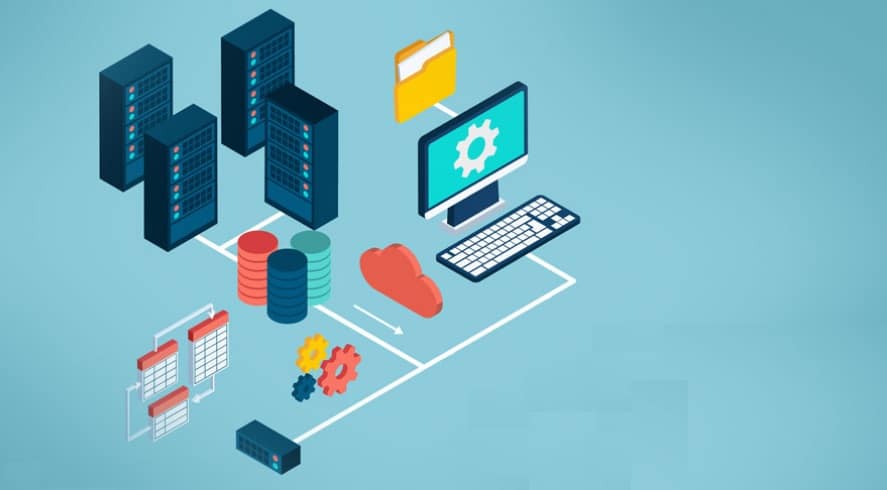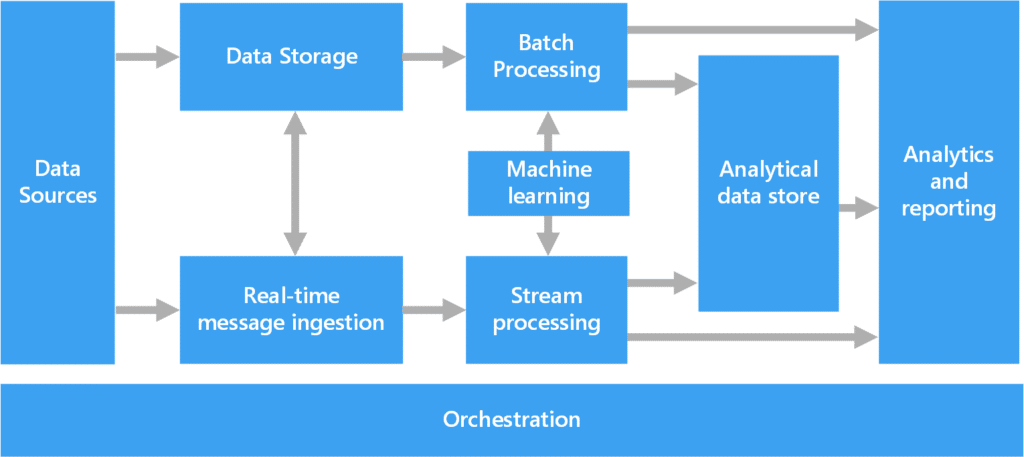5 Key Components of Data Architecture That Drives Innovation
Big data is at once transformative and difficult to grasp. Indeed, the word “big” is an understatement when describing something that grows by the billions of terabytes every day. Proper and effective data implementation requires architecture and strategy to flow like a river from the top of an organization and into every nook and cranny.
When the big data stars align a system emerges. Businesses can choose from a wide variety of technologies best suited to handle their analytical and processing needs. Microsoft points out several other benefits of big data architecture:
- Scalability: Big data architecture features a level of parallelism baked into its core that makes it easy to implement applications that scale appropriately to any volume of data.
- Frugality: The flexibility of big data architecture allows efficient adjustments to any workload, allowing businesses to avoid overspending.
- Interoperability: Big data architecture is also able to cooperate with other key business technologies, including the Internet of Things, and BI applications.
The Key Components of Data Architecture That Drive Innovation
Clever though technology is, it’s a human-driven resource that will only ever be as good as the people who are implementing it. Investing in talented staff is the best way to benefit from your investment in tech. The IDC has identified through research five characteristics shared across businesses leading the way in data implementation.
Commitment
Simply put, businesses that benefit from their data do so because they’ve made a commitment to it. Good effort yields good results and businesses who keep data implementation ever on the mind find fruit from their labor.
As with all major changes within a business, true adaptation begins at the top. When leadership is fully behind the change, the rest of the company follows.
Creativity
Effective data use is the product of active minds. Businesses that embrace an attitude of creativity regarding data exploration—especially when that attitude extends to every branch of the decision-making process—see great results.
Talent-Driven
Data-fluent companies also know how to capitalize on their talent. This means setting clear expectations for how data will be handled and then fostering an environment that is naturally conducive to those ends.
Accountability
Employees at data-driven businesses work through their tasks with equal parts trust and accountability motivating their actions. Staff is expected to understand and perform their duties as instructed. This expectation is enforced by a company culture that collectively values collaboration and effort, effectively keeping everyone accountable.
Collaboration
Finally, taming big data requires collaboration. By fostering a culture of open data systems, businesses can get the most out of their big data.
Tips for Making Effective Data-Driven Decisions
Data implementation is an ever-evolving equation. Here are some tips to effectively capitalize on a culture of data use in the workplace.
- Pick Your Metrics and Stick to Them: Given the saturation of information that data collection provokes, it’s important to select key metrics, and follow them closely, and continuously over time. It’s the difference between monitoring the ocean, versus one school of fish.
- Standardize Data: Data siloes effectively neutralize the impact of otherwise very useful information. Businesses looking to derive the most value from their data can do so by standardizing access to specific key metrics and adding data composability tools like The Composable Codex into their data architecture strategy.
- Train Smart: The quality of data implementation training can be just as important as when it takes place. The best instruction in the world won’t do your business any good if it is forgotten soon thereafter. For best results, time instruction so that it comes immediately before application.
- Know the Limits: The best data analysis in the world still can’t predict the future. When making data-driven decisions, it’s important to understand and take into account not just what the information says, but how strongly it’s saying it. Understanding probability can significantly improve risk/reward analysis efforts.
- Remember Your Staff: Reorganizing the workplace around data implementation is a cumbersome task for even the very finest of staffs. As you commence with training efforts, it can help both in terms of morale, and overall training efficacy to stress the benefits data can have not just business but the employees themselves. By emphasizing that analytics can make some tasks easier, you make your employees more eager to learn.

























